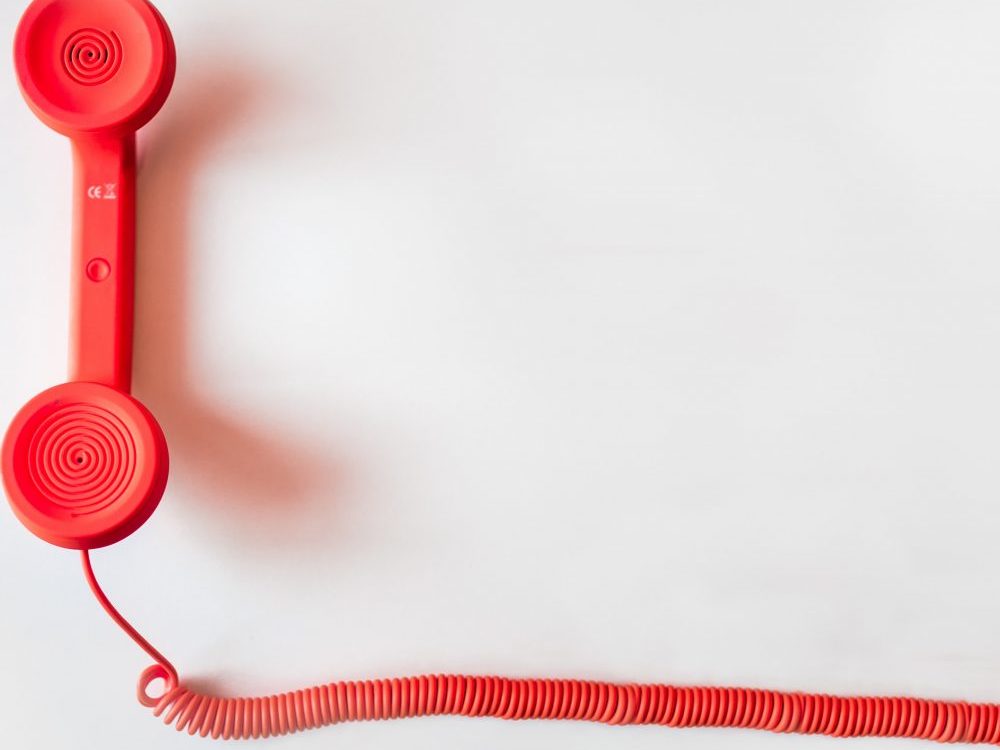Question: When was the last time you left the house without your phone? How quickly did you realise you’d forgotten it, and how did you feel when the realisation dawned?
Whatever your answers, I’ll bet you were in a rush and didn’t leave yourself phoneless deliberately. I’d wager you noticed its absence as soon as you settled yourself onto your bus, train or tube, and that when you did, you felt genuinely anxious, as though you were missing a crucial part of your anatomy. Indeed, while I’m really in no hurry to take up running, as I write this, I’m realising that getting about on foot carries at least one crucial area of appeal – the ubiquity of headphones makes me assume runners very rarely forget their phones…
Digital dependency
While it might seem like I’m being flippant, reliance on our smartphones has reached epic proportions, to the degree that the communications industry watchdog Ofcom branded 2008 to 2018 the decade of digital dependency.
I’d love to say I was shocked by Ofcom’s claim we now check our phones, on average, every 12 minutes of the waking day, or that more than 65 per cent of under-35s look at them within five minutes of waking up. But my surprise is that some people go 12 minutes between pick-ups…
In 2020, even Silicon Valley insiders are increasingly recognising that madness lies at the end of a digital wormhole. The result is a growing tribe of digitally-savvy tech bros ditching their Androids and iPhones in favour of ‘dumbphones’, back-to-basics devices such as Nokia’s recently rebooted 3310 (an update on the 150 that was my own telecoms gateway drug) which offers little more than the ability to call, text, or get lost in a game of Snake.
All of which is great if you’re employed in Silicon Valley and surrounded by tech all day, but what of us normal workers? From store staff reliant on Apps to serve customers to freelancers like myself who feel the pressure to be constantly connected, is it reasonable to consider cutting back on our phone usage? And where would one even begin?
Digital detox
Let’s start with some home truths. I genuinely do need to be connected for work. Keeping on top of my email and WhatsApp is essential and, arguably, as a journalist, I need to at least pay attention to Twitter. What I do not need to do is check Instagram every three minutes. Or give Facebook a cursory glance every five. Or continuously pop into my Net-A-Porter app to see whether 70 per cent off has become 80 yet. These are habits. Real ones. Addictive ones even. But they are no more essential to my livelihood than that Ganni cardigan on my Net wishlist is to my life (come on, final reductions!).
As such, my New Year’s resolution was not to go telecoms cold turkey but rather to embark on a sort of half-hearted, half-assed, bound-to-fail semi-detox. I know, such ambition. Go me! My aim, in a nutshell, was just to use my phone a little less. To feel less like the world would end if I left it in another room of the house for more than five minutes or, god forbid, allowed the battery to run so low it died. To dial back the instinctive feeling that I have been evolving to a state where my iPhone will merge with my hand and I’ll need to be charged with a socket every night.
It’s exactly this feeling that the so-called ‘Silicon Valley Apostate’ Tristan Harris, a former ‘design ethicist’ at Google, is trying to combat through his non-profit Centre for Humane Technology which, as well as conducting research on the ills of social media, works to pressure the tech industry’s giants into taking a more responsible approach.
Top tips
The centre also provides a list of hacks designed to curb phone usage and, reader, they work. No one was more shocked than me when three tiny changes, made to my handset in five minutes flat, resulted in a 26 per cent reduction in screen time in just one week. That’s right. A 26 per cent reduction. I made three changes to my phone and I gained back ten hours of my life. In short, I turned my phone’s home screen into a dumbphone, meaning I actively have to turn it back into a smartphone to access the apps I used to check with Pavlovian intensity nine hundred times a day. Is it a slightly lame compromise of a digital detox? Absolutely. But it turns out, it’s also mildly life-changing.
1. Spring clean your home screen
My home screen might have looked, to an outsider, like a chaotic jumble of apps – but my thumb knew exactly where the sweet spots were. No longer. By organising all of my apps into new folders, and then shifting those folders to a screen one side-swipe away from home, social media is no longer right there every time I pick up my phone because of an alert. I now have immediate access to my What’s App, calls, texts and email, as well as my camera, clock and music – the apps I deemed essential to my own everyday functionality – but everything else, I have to seek out.
2. Turn off notifications that aren’t a real-time person
The only notifications I receive now are from real people in real-time, trying to make contact by text, phone or email. Everything else is muted and has to be opened to update me. No badges, no banners, no bings. It means I pick up my phone less, and that means I open non-essential apps less. Very simple, but very effective.
3. Shift to greyscale
You might think you know the icons for your most-used apps like the back of your hand, but the truth is, when you drain the colour from your phone, they look a whole lot different. Now, hidden away in swipe-to folders and disguised in black-and-white, Instagram, Facebook and Twitter are genuinely hard to spot. I haven’t stopped using them but, now, when I do make a conscious choice to access them, I have to switch my phone back to colour and open them with a specific intention. As it turns out, without them blinking up colourfully from my home screen, I consciously decide to access them a whole lot less.
And… that’s it. Simple, huh? Turns out, I don’t need a dumbphone. We’re all perfectly capable of getting dumb without shelling out for new old-tech after all.









